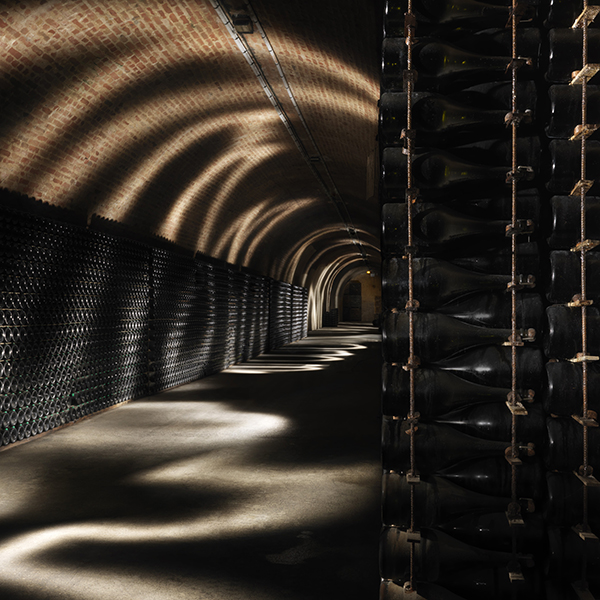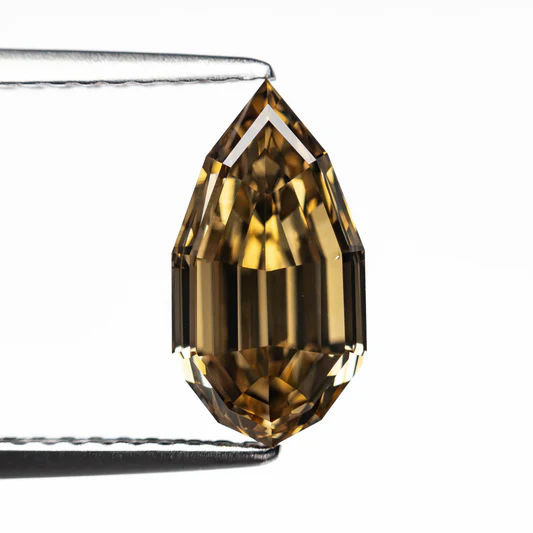Estimated reading time: 4 minutes

Unique experiences are organised throughout the year, to allow visitors to explore our rich history and heritage. Exceptional moments to enjoy in and around Reims.
Maison Ruinart
THE MAISON CELLARS
At a depth of approximately 40 metres below the surface, Maison Ruinart Crayères cellars showcase our history and savoir-faire. These immaculately white former chalk quarries exemplify the unique character of the Champagne region. This labyrinth covers 8 kilometres and is where Maison Ruinart bottles are stored. Visitors are amazed by the tranquillity and scale.
PERMANENT VISIT OF THE CRAYÈRES
An introduction to the history of the Maison is followed by a visit to the crayères, natural cellars listed as a UNESCO World Heritage Site. In one of the historic rooms of the Reims estate, your guide will explain the origins and the evolution of the oldest Champagne Maison.
CHALK CATHEDRALS
Mined as early as the fifth century to construct dwellings, the crayères are the epitome of the Champagne terroir. In the 18th century, the Ruinart family were the first Champagne House in Reims to establish their cellars in these chalk caves.

At a depth of approximately 40 metres, the Maison’s twenty or so Crayères occupy two levels. Their humidity, temperature and lack of light are ideal for ageing Ruinart cuvées.
MAISON RUINART
VISIT OF THE CRAYÈRES AROUND BLANC SINGULIER
Discover the chalk pits and the history of Chardonnay, Ruinart’s emblematic grape variety. Learn more about climate change in Champagne and Ruinart’s commitment to environmental challenges. On this occasion, discover Ruinart’s 100% chardonnay champagnes, including the new cuvée Ruinart Blanc Singulier.
[read the full champagne story]

RUINART
★★★★
The company president holds over fifteen hectares in Sillery and Brimont, which provide only 20 percent of their grape needs. The other 80 percent is bought in from 200 villages. Ruinart’s wines often have a strong toasty character, combined with fine purity and good richness of minerals.
The prestige wine Dom Ruinart is absolutely of the highest class with a very elegant style.
The ’79 is the world’s second-best blanc de blancs, according to the jury of the Millennium Tasting.
Even Dom Ruinart Rosé can be brilliant with its typical Pinot character, which is present despite the wine containing 80 percent Chardonnay. The toasted, slightly Charles Heidsieck-like and Dom Pérignon-like champagnes are today made by the wonderful Fred Panaiotis. Both the white and rosé version of Dom Ruinart can be among the most stunning wines in the world.







